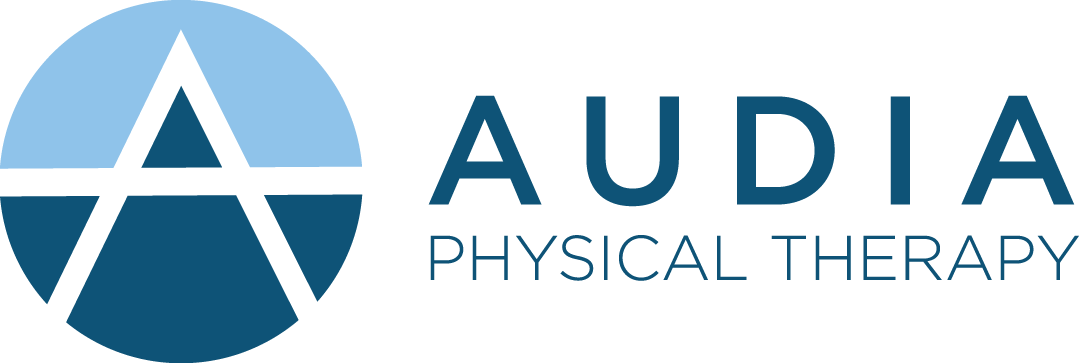“My doctor told me that stroke recovery ends after 6 months to 1 year.”
Setting The Record Straight Series #1:
The Stroke Recovery Window
Welcome to a section I like to call “Setting the Record Straight.” In this section I will be addressing and debunking inaccurate advice that can mislead our patient population.
"My doctor told me that stroke recovery ends after 6 months to 1 year.”
This is one of the most unfortunate lies ever told to stroke survivors and their family members. Countless patients have come to me and recited this advice from their doctor or other medical professional. The information provided in this statement is most likely taken from a couple antiquated studies published well over two decades ago. These studies have since been debunked and, luckily, more patients are beginning to get accurate information shortly after their stroke. The truth is that there is no window for stroke recovery. That’s right, there is overwhelming scientific evidence proving that stroke survivors can continue to make functional progress years and even decades after their stroke.
To be clear, spontaneous recovery tends to occur within the first 3-6 months after stroke (Cramer, 2008). Spontaneous recovery refers to functional movement that is recovered regardless of rehabilitation intervention…it just happens with the normal healing process. However, spontaneous recovery is not the only type of recovery that stroke survivors are capable of achieving. Skilled rehabilitation therapists are able to provide roadmaps and interventions to help stroke survivors reach functional movement goals weeks, months, years, and even decades after the initial stroke.
It is estimated that there are over 100 billion neurons in the human brain and, even though a stroke can cause the death of millions of neurons, it is still a small percentage when we look at the massive number of neurons the brain commands. The concept of neuroplasticity is to thank for the human ability to make continued progress with stroke rehabilitation. Neuroplasticity is the brains ability to form and reorganize synaptic connections. Synapses are the connections that link neurons in the brain. A person’s learning and experience guide this reorganization and, as long as someone is alive, he/she has the ability to learn. Everything you learn, hear, feel, and experience helps to reorganize your brain thanks to the concept of neuroplasticity. Our clinic has been able to achieve functional progress with improved quality of movement and independence in patients as far as 25 years post stroke or traumatic brain injury.
While many factors can complicate functional stroke recovery such as age, motivation, pre-injury activity level, complicating medical factors and more, scientific evidence and experience have shown us that new levels of recovery are possible with continued skilled rehabilitation. So the next time you hear someone tell you about the “limited” stroke recovery window I hope you will help set the record straight.


